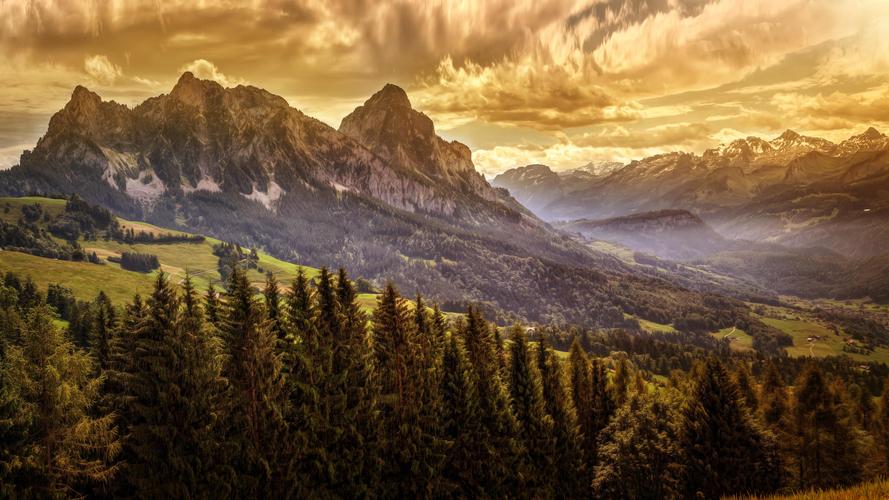Cultural Dynamics in Post Vedic India: How Ancient Traditions Shaped Modern India
India boasts a rich cultural heritage that dates back to thousands of years ago. The religious texts, holy scriptures, and spiritual teachings have had a profound influence on the people and their way of life. The traditional practices, customs, and rituals are an integral part of the Indian culture that has been passed down from generation to generation.
The post-Vedic era in India began around 600 BC and marked a significant shift towards a more diverse social system. The age was characterized by the rise of different religions, sects, and castes, and their impact on the Indian society.
One of the major cultural dynamics during the post-Vedic era was the evolution of Hinduism. It emerged as the primary religion of India, shaping the social, economic, and political fabric of the country. The Vedas, Upanishads, and Puranas laid the foundation of Hinduism, and their teachings continue to influence the Indian mind-set today.
The caste system, another significant cultural phenomenon, has been prevalent in India for centuries. The four-tiered system divides the society into different strata based on birth and occupation. Although caste discrimination is illegal in modern India, it still exists as a social reality and is closely intertwined with the Indian cultural identity.
The influence of Buddhism and Jainism, which originated in India during the post-Vedic era, cannot be overlooked either. These religions laid emphasis on non-violence, ethical conduct, and spiritual enlightenment, which had a profound impact on the Indian society. The message of peace and harmony continues to be relevant today, and these religions have gained popularity both in India and abroad.
The Islamic invasion of India in the 12th century brought in a new religion, culture, and language to the subcontinent. It led to the emergence of a distinct Islamic culture in India, which is still prevalent today in many parts of the country. The fusion of Islamic and Hindu cultures gave rise to a unique synthesis that can be witnessed in the art, literature, and architecture of the time.
The British colonial rule in India, which lasted for almost 200 years, had a significant impact on the Indian culture. The British brought with them their language, law, education, and administration, which had a lasting impact on the Indian society. The Indian struggle for independence and the subsequent freedom in 1947 has had a significant influence on the Indian cultural identity, leading to a renewed sense of pride and nationalism.
In conclusion, the post-Vedic era was a period of significant cultural dynamics that shaped the Indian society as we know it today. The traditional practices and customs that have been passed down from generations continue to co-exist with modern attitudes and beliefs. India’s multiculturalism, diversity, and spiritualism continue to make it a unique and fascinating country, with a rich cultural history that still influences the modern world.
(Note: Do you have knowledge or insights to share? Unlock new opportunities and expand your reach by joining our authors team. Click Registration to join us and share your expertise with our readers.)
Speech tips:
Please note that any statements involving politics will not be approved.
